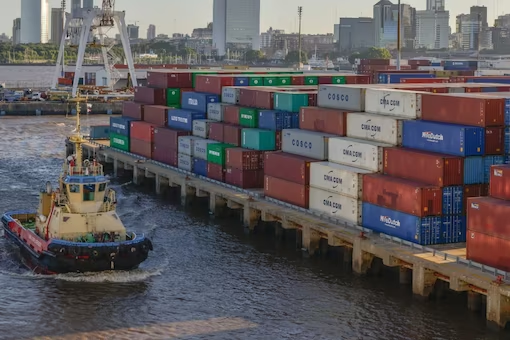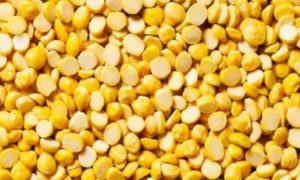India’s labour-intensive sectors such as gems and jewellery, textiles, leather, footwear and furniture, among others, will benefit
India-Australia FTA: India-Australia Economic Cooperation and Trade Agreement (Ind-Aus ECTA), which was signed on April 2, 2022, has come into force on Thursday (December 29). Commerce and Industry Minister Piyush Goyal on Thursday said it is the beginning of a new innings and is a milestone moment in bilateral ties.
“Beginning of a new innings. The coming into force of #IndAusECTA is a milestone moment in our bilateral ties. It is a seal of trust on our strengthening partnership and unlocks huge potential for scaling our exports, jobs and investment opportunities,” Commerce and Industry Minister Piyush Goyal said in a tweet.
Read More: How to get SBI Home Loan Interest Certificate online –Check the process here
Here Are The Key Things To Know About Ind-Aus ECTA:
1) There will be zero duty by Australia on 100 per cent tariff lines.
2) Additional 10 lakh jobs will be created in India in the next 4-5 years.
3) There will be an increase in investment from Australia.
4) Over 1 lakh Indian students will benefit from post-study work visa (1.5-4 years).
5) Indian yoga teachers an chefs will gain with annual visa quota.
6) The agreement will help in taking bilateral trade from USD 27 billion to $45-50 billion in the next five years.
Read More: Traders can import refined palm oil without licence till further orders
7) Australia is offering zero duty access to India for about 96.4 per cent of exports (by value) from day one; this covers many products which currently attract 4-5 per cent customs duty in Australia.
8) Major exports by India to Australia include petroleum products, textiles and apparels, engineering goods, leather, chemicals and gems and jewellery. Imports mainly include raw materials, coal, minerals and intermediate goods.
9) Australia is the 17th largest trading partner of India, while New Delhi is Canberra’s 9th largest partner; bilateral trade in goods and services stood at $27.5 billion in 2021.
10) India’s labour-intensive sectors such as gems and jewellery, textiles, leather, footwear, furniture, food, and agricultural products, engineering products, medical devices, and automobiles, will benefit
India has provided preferential access to Australia on over 70 per cent of its tariff lines, which are primarily raw materials and intermediaries such as coal, mineral ores etc., which are required for our domestic manufacturing industry
India had in April inked a historic trade deal with its business partner Australia to export over 95 per cent of its goods to the island country free of duty. The Australia-India Economic Cooperation and Trade Agreement, called by India as IndAus ECTA signifying unity, was signed in a virtual ceremony on the day by Indian commerce minister Piyush Goyal and Australian trade minister Dan Tehan, in presence of Prime Ministers Narendra Modi and Scott Morrison. This is the first trade agreement India has made with a developed economy after more than a decade.

































